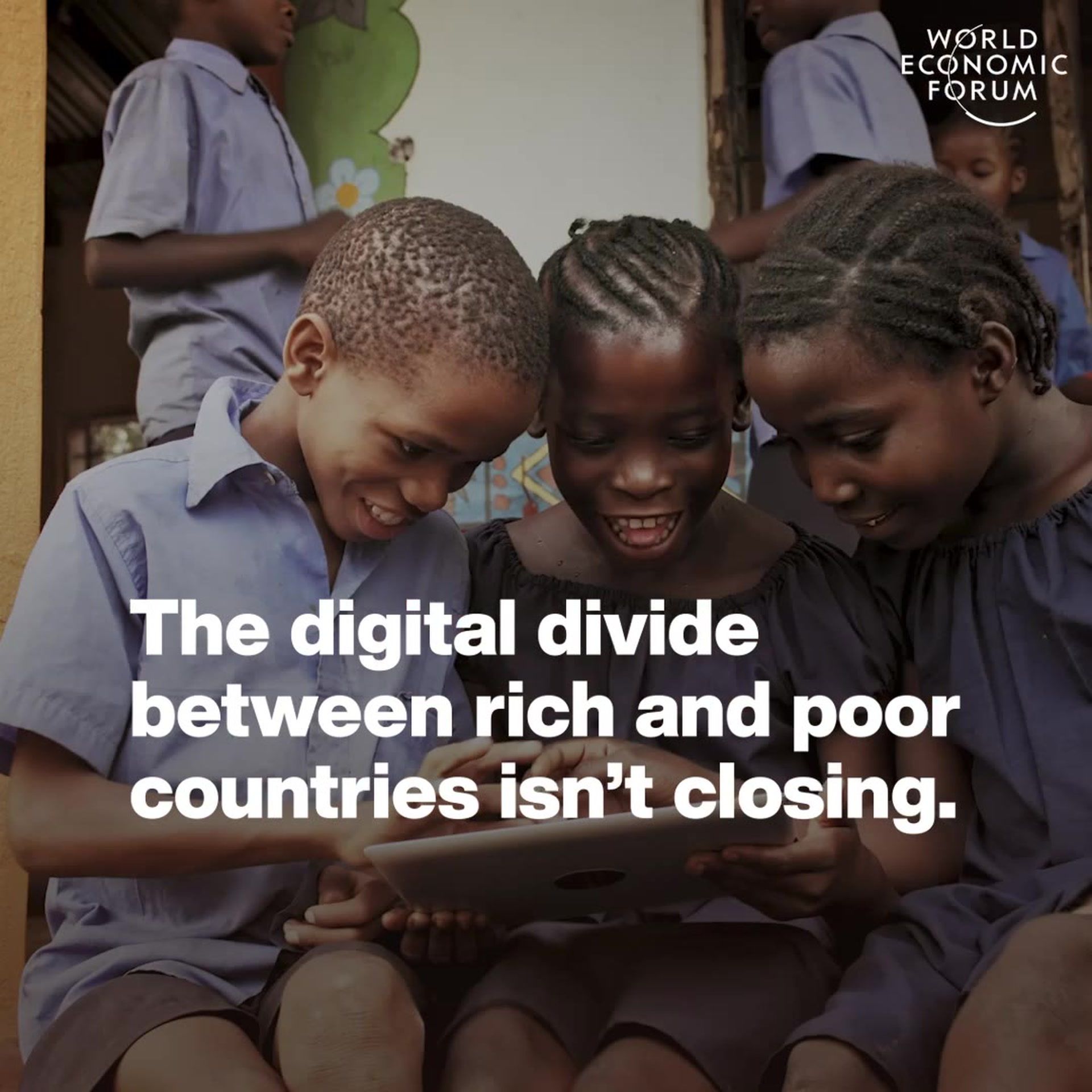Where does all that data go?


Get involved with our crowdsourced digital platform to deliver impact at scale
Stay up to date:
Hyperconnectivity
No matter how many times you click “like” on Facebook, machines share more information about themselves on the Internet than do people. A typical 737 aircraft generates a whopping 240 terabytes of data during a single cross-country flight, while the entire social network produced just 500 terabytes daily in 2012. To handle that volume, Facebook had leased space in a half-dozen data centres and built four of its own. By decade’s end, the data shared between industrial machines will far surpass the amount generated by people—McKinsey estimates the number of RFID tags (a common sensor) will rise from 12m in 2011 to 209bn in 2021 and so will their corresponding output.
The Industrial Internet will require building an industrial-strength data supply chain as adept at coordinating bits of data as manufacturers are at orchestrating their physical goods. Doing so will entail building a hardware and software “stack” essentially comprised of three layers: collection, analysis and delivery.
Collection includes most of the hardware required—sensors, storage and bandwidth. Sensors embedded in the 43,000 engines of commercial aircraft worldwide might wirelessly transmit the status, location and history of the device to servers on the ground. This machine-to-machine communication will be the fastest-growing segment of mobile data traffic over the next four years, according to Cisco, which, with GE, AT&T, Intel and IBM, established the Industrial Internet Consortium. Once captured, the data are stored either locally or on centralised servers in the cloud, where they can be aggregated with transactional and other forms of enterprise data.
Analysis covers the domain of Big Data, in which traditional business intelligence applications are supplanted by more scalable software such as NoSQL databases and Hadoop clusters—all mining insights from gigantic data sets. According to Deloitte, the Hadoop market will reach $813m by 2016 and the NoSQL market will grow to $3.4bn by 2018. Analytical engines running atop these systems might sort through terabytes of disparate data to produce complex behavioural models capable of predicting when a critical component might fail or when human intervention is required.
The final layer is delivery, which includes everything from machine-to-machine feedback loops to customised tablet apps. Instead of traditional spreadsheets, modern data visualisation technologies help both field technicians and executives spot patterns and trends and enable them to make better decisions more rapidly. For example, the Texas Medical Center used the software of start-up Ayasdi to visualise a breast cancer data set, enabling experts to quickly identify a new sub-set of patients for further analysis. The challenge will be creating a platform that can do the same for every employee, regardless of rank or role.
Building a data supply chain won’t be easy. A recent EIU survey, for example, showed that fewer than half of the companies have yet to turn Big Data into a competitive advantage. But progress in their returns could be enormous. McKinsey estimates the US healthcare industry could save $300bn per year, while retailers might improve their profit margins by 60%. Machines are already talking among themselves; the trick will be discerning what they have to say.
This article is published in collaboration with GE Look Ahead. Publication does not imply endorsement of views by the World Economic Forum.
To keep up with Forum:Agenda subscribe to our weekly newsletter.
Author: Greg Lindsay writes for GE Look Ahead
Image: A man types on a computer keyboard in Warsaw in this February 28, 2013 illustration file picture. REUTERS/Kacper Pempel/Files
Don't miss any update on this topic
Create a free account and access your personalized content collection with our latest publications and analyses.
License and Republishing
World Economic Forum articles may be republished in accordance with the Creative Commons Attribution-NonCommercial-NoDerivatives 4.0 International Public License, and in accordance with our Terms of Use.
The views expressed in this article are those of the author alone and not the World Economic Forum.
Related topics:
The Agenda Weekly
A weekly update of the most important issues driving the global agenda
You can unsubscribe at any time using the link in our emails. For more details, review our privacy policy.
More on Fourth Industrial RevolutionSee all
John Letzing
April 29, 2024
Pooja Chhabria and Michelle Meineke
April 28, 2024
Jeremy Jurgens, Basma AlBuhairan and Arunima Sarkar
April 28, 2024
Thomas Beckley and Ross Genovese
April 25, 2024







